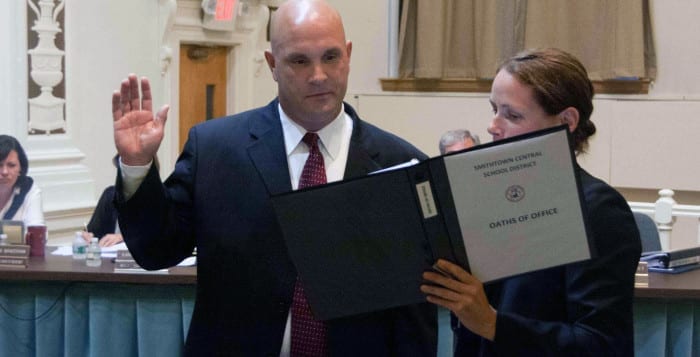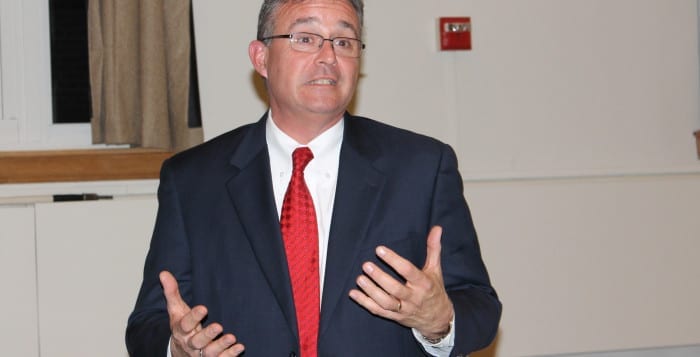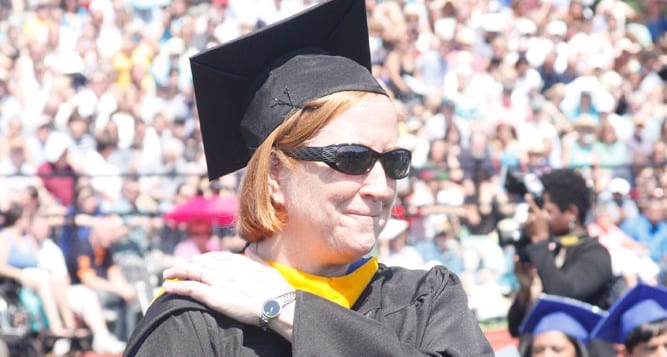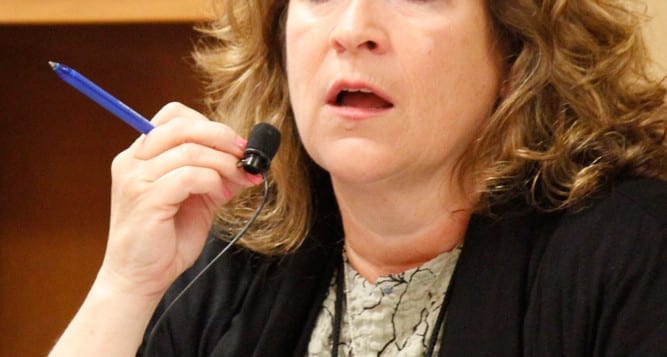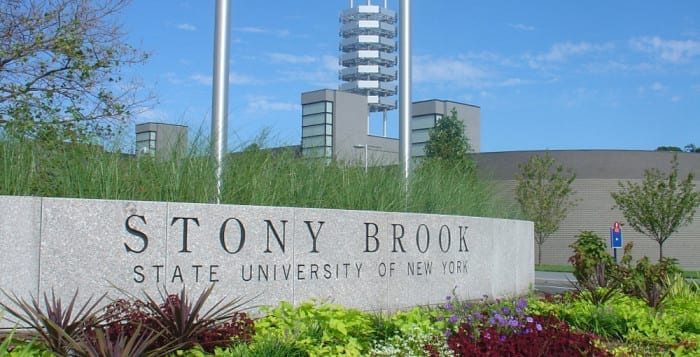Jeremy Thode said he is just starting to learn the ropes as the newest trustee on the Smithtown board of education.
“So far it’s been wonderful,” Thode said. “The current board of ed members have been very welcoming and helpful.” Thode said that the administration has also been very helpful getting him acclimated with the history of the district.
Since being elected, Thode has been spending as much time as he can researching and reviewing the information from past administrations and understanding the ongoing issues being brought before the board.
Thode, a Nesconset resident, had been thinking about running for the school board for years, due to his education background and working with different school administrations.
He previously worked in the Commack School District as a physical education teacher and then athletic director. He assumed the same position at Center Moriches school district when he moved there and eventually gained many other titles before becoming assistant principal at Center Moriches High School.
Thode currently has four daughters enrolled in the Smithtown school district, spanning from the primary school to the high school.
“I am excited to continue learning the concerns and issues that are present in the district,” Thode said. Personally, I am most concerned with the social and emotional components of education for our students.
Programs like Athletes Helping Athletes, or AHA, Thode thinks have great value to the students, because he thinks a student with more connections to the school fosters a better relationship with the school.
“I really want to work with the administration to get students involved in as many activities and make as many connections as possible in the school district.”

